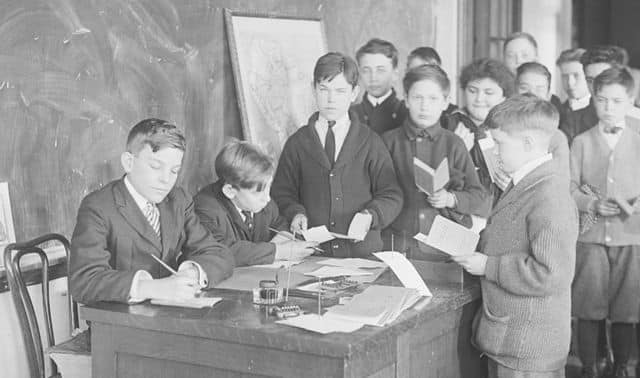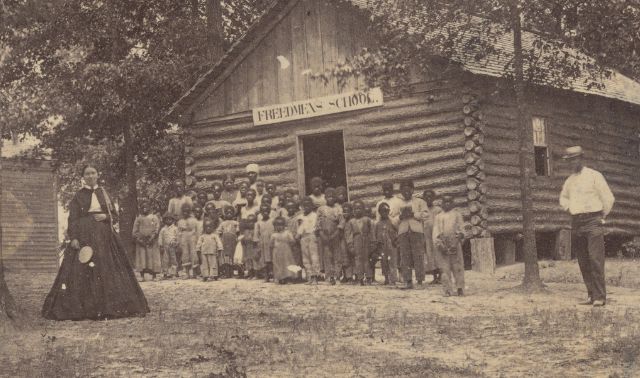A. We turned to the Securities and Exchange Commission (SEC) for help with this question (www.sec.gov/). According to the SEC, old stock certificates may be valuable even if the company name has vanished from the market; the company may have merged with another one or changed its name. The SEC recommends these reference guides, available in many libraries (or in your stockbroker’s office), to trace the “family tree” of old stocks:
- Financial Stock Guide Service (Financial Information, Inc., 30 Montgomery St., Box 473, Jersey City, NJ 07303): Comprehensive guide published since 1927, including a directory of actively traded stocks and obsolete securities plus a brief profile of companies whose original identities have been lost.
- Robert D. Fisher Manual of Valuable & Worthless Securities (R.M. Smythe & Co., 24 Broadway, New York, NY 10004): Particularly helpful for very old stock certificates. This book superseded the Marvyn Scudder Manual of Extinct or Obsolete Companies, which covered stocks issued from 1926 to 1937.
- Moody’s Industrial Manual and Moody’s OTC Industrial Manual (Moody’s Investor Service, 99 Church St., New York, NY 10007): Brief summaries of companies’ histories, backgrounds, mergers and acquisitions, subsidiaries, principal plants and properties.
- National Stock Summary (National Quotation Bureau, 150 Commerce Road, Cedar Grove, NJ 07009-1208): Monthly publication, since 1913, summarizing all over-the-counter and inactive listed stock offerings.
- Security Owner’s Stock Guide (Standard & Poor’s Corp., 25 Broadway, New York, NY 10004): Brief monthly guide, since 1941, to basic information on stocks and mutual funds.
If these references don’t help, you can try contacting the office of the secretary of state in the state where the certificates were issued. The state where the stock was issued should be listed on the certificate, along with the “transfer agent” that handled the stock issue. If the transfer agent is still in business after all these years, they may also be able to help.
Finally, for a small fee Standard & Poor’s CUSIP Department (55 Water St., New York, NY 10041, www.cusip.com/cusip/cusip/) can trace the company using the unique CUSIP identifying number on all securities. You might want to ask your broker to handle this for you.
Even if the company behind your old stock certificate turns out to be kaput, the document itself may be valuable as a collectible. You can find antique dealers that specialize in old stock certificates, and some of these are even on the Internet, such as Scripophily.com www.scripophily.com.



